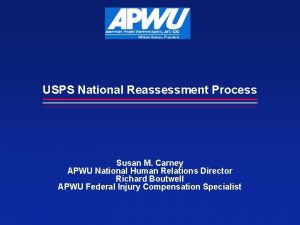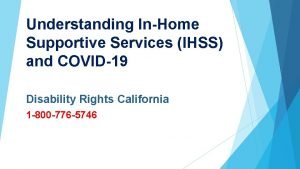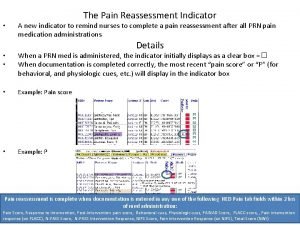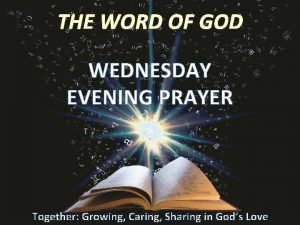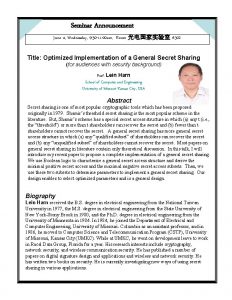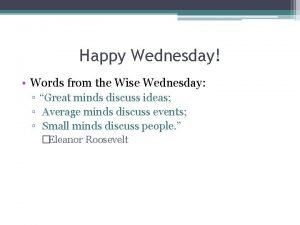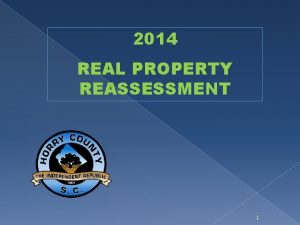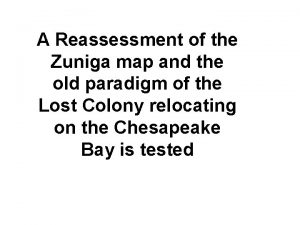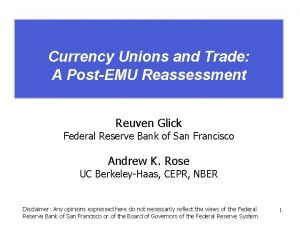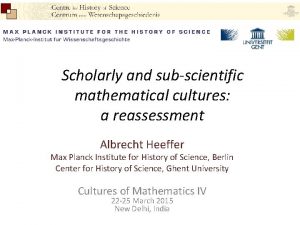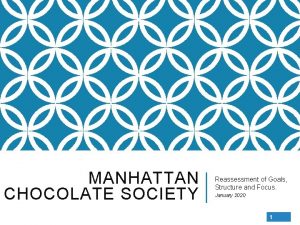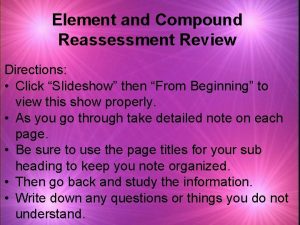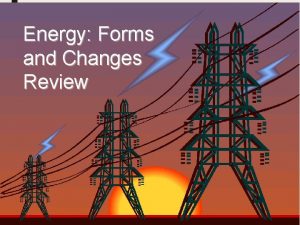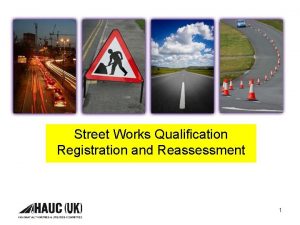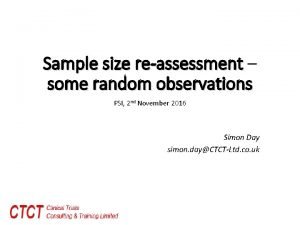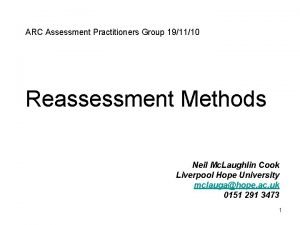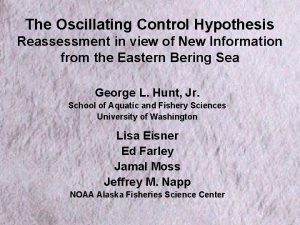HELP SESSION AND REASSESSMENT Wednesday AM Help Session


















- Slides: 18

HELP SESSION AND REASSESSMENT Wednesday: AM- Help Session Wednesday: Lunch- Reassessment

CIVIL RIGHTS MOVEMENT

RECAP During Reconstruction we saw the creation of the 13 th, 14 th, and 15 th amendments We had the Plessy v. Ferguson case “Separate but Equal” We saw Black Codes evolve into Jim Crow Laws We saw how the South used Jim Crow Laws to segregate the South.

MAJOR DEVELOPMENTS OF THE CIVIL RIGHTS MOVEMENT (1940 -1959) During the 40’s and 50’s we see African-Americans start to push the fight of segregation and reclaim their civil rights that had been taken away from Jim Crow laws. African-American’s had experienced some freedom fighting overseas during WWII and when they returned to the states they were placed back under Jim Crow Laws/ UNFAIR!!! President Harry Truman had desegregated the armed forces! Georgia was able to successfully end the white primary in 1944 (disenfranchisement) however the segregation mentality is still out there, as proven by the 3 governor’s race.

IMPACT OF BROWN V. BOARD HAD ON GEORGIA. 1954 U. S. Supreme Court declared segregated schools to be unconstitutional. Georgia General Assembly was opposed to this ruling and declared the decision null and void. The Assembly stopped funding, and allowed the Governor to close any school that desegregated. After Brown v. Board ruling was delivered, the schools needed to take action at a “deliberate speed. ” 1958 Atlantans fought against the legislature’s segregationist stance “Help Our Public Education (HOPE) demanded that the government not shut down any school. Eventually it was deemed that counties would choose if they integrate or not. 1961 Atlanta was the first system to integrate its schools followed by Savannah, Athens, and Brunswick. Took 10 years to fully desegregated all schools.

1956 STATE FLAG After the Brown vs. Board ruling, many southern states urged their white citizens to display acts of massive resistance against the federal mandates outlawing segregation. One way Georgia General Assembly showed their disdain for the federal regulations was by changing the state flag. Through the design of the pre-1956 flag was based on the first flag of the Confederate States of America,

DR. MARTIN LUTHER KING JR. (1929 -1968) Is arguably one of the most well-known Georgians. Earned a noble peace prize with his civil rights and there is a national holiday after him. Known for his non-violent protest, often viewed as the “leader” of modern civil rights movement. Graduated high school at 15 and went to Morehouse College, where he was mentored by Benjamin Mays, and became a minister. 1955 found himself serving as the spokesman for the successful Montgomery Bus Boycott. (this was just the beginning for him. Later on he had March on Washington, created SNCC, etc…)

MAJOR DEVELOPMENTS OF CIVIL RIGHTS MOVEMENT (19601970) At the beginning of the decade Sibley Commission recommended that each school district be given the opportunity to determine if it would integrate its schools or not. Throughout the 1960 s civil rights activists for the Student Non-Violent Coordinating Committee (SNCC) and the Southern Christian Leadership Conference (SCLC) continued to target Georgia. Savannah in 1963 became one of the most integrated cities in the South due to NAACP efforts. Atlanta Mayor Ivan Allan Jr. and Coca-Cola president Robert Woodruff and other business leaders worked with civil rights leaders to insure that Atlanta desegregated peacefully. 1970’s Governor Jimmy Carter called for an end to discrimination in Georgia, and African-Americans such as Maynard Jackson and Andrew Young were elected to high political office. Still GA was slow to change its segregationist polices, especially in rural areas of the state. The struggle would continue for many more years

STUDENT NON-VIOLENT COORDINATING COMMITTEE (SNCC) Was one of the major civil rights organizations of the 1960 s. Formed in North Carolina it worked with the Southern Leadership Conference and focused on orchestrating peaceful, non-violent protest. Made up of high school and college aged students became well known for their sit-ins, freedom rides, and “freedom summer” in Mississippi. The City of Albany would try to form the “Albany Movement” but would be unsuccessful but beneficial in helping the group later organize more successful protest. Group was successful in helping African-Americans gain several General Assembly seats. John Lewis participated when he was a young student.

THE SIBLEY COMMISSION After Brown v. Board decision, Georgia’s General Assembly supported “massive resistance” to desegregation of Georgia’s public schools. By 1960 the Governor was facing the choice of following federal mandates or closing Georgia’s public schools. Vandiver, the governor didn’t want to make such a harsh decision so he established a committee to do some research. John Sibley, a segregationist lawyer who also believed resistance to federal mandates was useless led 10 hearings across the state to determine if the people felt that they should continue resistance. 60% of Georgians claimed that they would rather close the public schools than to integrate. Despite funding, Sibley pushed for schools in Georgia to desegregate on a limited basis. In 1961, everyone was set to vote until UGA started integration and shifted the focus. After attempting to close UGA only to be over ruled by Federal Judge the Governor gave in and asked Congress to accept Sibley’s recommendations.

DESEGREGATION OF THE UNIVERSITY OF GEORGIA 1959 Hamilton Holmes and Charlayne Hunter applied to college. Holmes was his school’s valedictorian, president of the senior class, and co-captain of the football team. Hunter was involved in several organization at her school including the school newspaper and honors society. She was elected homecoming queen and graduated third in her class. They were ideal characters- however they were not accepted to UGA based on their race. UGA claimed that lack of housing and ‘evasiveness” during a campus interview. Eventually students took case to federal court! After only three weeks the court ruled in favor and they would begin school January 6, 1961 After arriving on campus, mobs of students, locals, KKK members started riots and throwing objects at them and their dorm windows. Police had to escort the two back to Atlanta only to return to campus a few days later Both Hunter and Holmes graduated from the University and though they were not treated well by their peers, they were never in physical danger after the initial riot. 2001 UGA celebrated the 40 th year of desegregation by renaming the academic building after Hunter/Holmes


THE ALBANY MOVEMENT After the success of the Montgomery Bus Boycott in 1955, civil rights leaders in other southern cities sought to challenge segregation laws. Albany in SW GA started in the fall of 1961 where SNCC members and local community began to protest the segregationist policies of the city. Massive resistance from whites and the police led to over 500 protesters landing in jail. To draw more national attention to the cause SNCC invited MLK to take part in the protest. MLK was released from jail almost immediately against his will. Most of the protestors were jailed leaving very few to protest (worked with other counties to make room) By the summer of 19662, King viewed the Albany Movement as a failed attempt to desegregate an entire community, but a valuable learning experience. (took knowledge to Birmingham campaigns)

MARCH ON WASHINGTON 1963 over 250, 000 civil rights activist gathered in Washington D. C. to promote their cause and push for civil rights legislation Martin Luther King Jr. gave his “I have a Dream” speech. This march led to the passage of the Civil Rights Acts of 1964 and the Voting Rights Act of 1965 and made King the most well-known spokesperson of the Civil Rights Movement.

CIVIL RIGHTS ACTS U. S. Congress passed the Civil Rights Act of 1964 and the Voting Rights Act of 1965. All bills were signed into law by President Lyndon B. Johnson. Civil Rights Act of 1964 - forbade discrimination on the basis of sex and race in hiring, promoting and firing. The Voting Rights Act of 1965 - prohibited states from imposing any voting qualifications on voting or deny the right of any citizen of the United States to vote on account of race or color.

LESTER MADDOX (1915 -2003) One of the last overtly segregationist governor in the state of Georgia’s history. Ironically, Maddox appointed more African-Americans to government positions than all prior Georgia governors combined! 1947 he opened a Pickrick restaurant near Georgia Tech. Gained fame throughout Georgia due to his advertisements for the restaurant that he placed in ATL journal newspaper. Used as handles to forcefully remove African-Americans who tried to integrate his restaurant. Closed the restaurant instead of allowing integration. 1966 Maddox beat Ellis Arnall for Governor in the Democratic primary. Served as lieutenant governor after with Jimmy Carter as Governor and clashed with him often. Throughout his life he never apologized for his defense of segregation. Maddox died of cancer at the age of 87.

MAYNARD JACKSON- (1938 -2003) First African American mayor of a major southern city. Attended Morehouse college and graduated in 1956 when he was 18. Eventually received his law degree. 1968 Jackson ran against Herman Talmadge for Senate and lost. However, he won the majority of votes from the city of Atlanta and became a force to be reckoned with in the city’s politics. The next year he became vice-mayor of ATL. Became the first Mayor of ATL (1973 -1981) and again (1990 -1994) was only 35 years old at the time when he became the first African American mayor. He was instrumental in providing more contract work to black-owned businesses and expanding Hartsfield ATL International Airport. Also added more black police officers to the city’s police force and made sure they were promoted in the department. Retired in 1994 due to health problems. Died in 2003 and Hartsfield ATL International was renamed to Hartsfield-Jackson.

ANDREW YOUNG (1932 -PRESENT) Was active in the Civil Rights Movement and primarily focused on voter registration drives. 1961 Andrew Young started working for the SCLC and began organizing “citizenship schools” that help trained civil rights volunteers in organizing and taking part in nonviolent protest. 1972 Young began his political career and was the first African American Congressman since Reconstruction. 1981 was elected as Mayor of Atlanta. Helped to grow the city and continue growth and national and international prestige. Was a key component for bringing the Olympics to Georgia.
 Usps nrp phase 2
Usps nrp phase 2 Ihss provider login
Ihss provider login Pain reassessment after intervention
Pain reassessment after intervention Education through self help is our motto
Education through self help is our motto Monday tuesday wednesday thursday friday calendar
Monday tuesday wednesday thursday friday calendar Wednesday evening prayer
Wednesday evening prayer Wednesday seminar
Wednesday seminar Ib grades to percentage
Ib grades to percentage Web analytics wednesday
Web analytics wednesday How to write wednesday
How to write wednesday Happy wednesday february
Happy wednesday february My favourite day is saturday
My favourite day is saturday Skinny wednesday
Skinny wednesday Pat winlink
Pat winlink Wednesday-saturday
Wednesday-saturday Wise word wednesday
Wise word wednesday Happy wednesday march
Happy wednesday march Monday tuesday wednesday thursday friday saturday sunday
Monday tuesday wednesday thursday friday saturday sunday English class is wednesday
English class is wednesday
